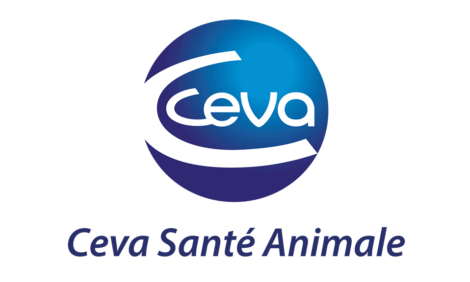



In-Ovo Vaccination: Benefits for Small Hatcheries
US - The advantages of in-ovo vaccination are explained by Pfizer Animal Health Global Poultry, following the announcement of the company's new Embrex Inovoject m machine for smaller hatcheries.The first commercial in-ovo vaccination system was launched by Pfizer Animal Health Global Poultry (formerly Embrex) in 1992 and the company has led the development of this technology ever since with its Embrex-line of devices.
In-ovo vaccination has a number of biological and commercial advantages over subcutaneous vaccination on day of hatch:
- Immunity against disease is generated as early as possible and with minimal interference from maternally derived antibodies
- Vaccine is delivered reliably and accurately in carefully controlled, hygienic conditions
- The process is less labour-intensive and less prone to human error
- Chick handling is minimised, reducing bird stress and improving bird health, and
- Birds can be transferred out of the hatchery more quickly and grow-out conditions established sooner.
Together, these advantages promote flock health, performance, and more efficient production.
The benefits of in-ovo vaccination are widely recognised by poultry producers supplying mass markets: in the USA, more hatcheries use Embrex Inovoject than any other in-ovo vaccination system, and globally around 15 billion eggs are processed each year using Embrex Inovoject. The full-size, fully-automated Inovoject is designed to handle the significant numbers of eggs that are processed each day by large hatcheries – up to 70,000 eggs per hour depending on configuration – while keeping labour costs under control.
Pfizer Animal Health Global Poultry has continued to develop the Embrex-brand range of devices and has introduced a number of additional products and product enhancements which can further improve hatchery efficiency. Embrex Egg Remover uses patented identification technology to handle accurately and remove non-viable eggs prior to hatch, thus reducing contamination. Embrex Inovoject Vaccine Saver reduces vaccine costs by successfully detecting and vaccinating only those eggs that are identified as fertile.
A wide range of vaccines against common poultry diseases are now available for in-ovo administration globally – although availability varies from country to country. Recent developments from Pfizer Global Poultry include the first antigen-antibody complex vaccine (Bursaplex) for in-ovo use against infectious bursal disease (IBD), and a live oocyst vaccine for coccidiosis (Inovocox EM1).
Through the use of recombinant DNA techniques, the number of poultry diseases that can be protected against using the in-ovo route is likely to increase significantly over the next few years. A number of such vaccines are currently in development at Pfizer Global Poultry.
Each Embrex-brand device from Pfizer is customized to meet the needs of the individual hatchery and is installed by Pfizer's team of technical support experts. Embrex Inovoject, Egg Remover and Inovoject Vaccine Saver can be found in more than 30 countries worldwide.
Embrex Inovoject m
The latest addition to the Embrex family of devices, Embrex Inovoject m, is designed to meet the needs of smaller hatcheries that do not process enough eggs, or do not have a sufficient footprint to warrant the use of a full-size Inovoject. The new device is more compact and mobile yet still incorporates the core technology that has made Inovoject so successful.
- Floating injection head which adjusts horizontally and vertically to ensure accurate vaccine delivery irrespective of individual egg shape, size position
- Dual-needle injection tooling, ensuring gentle, and accurate shell penetration and efficacious vaccine delivery, and
- Consistent needle sanitation between each injection, reducing the risk of contamination transfer.
Embrex Inovoject m is a semi-automatic device, which allows trays to be both introduced and removed by an operator; an added transfer head/table can be provided at an additional charge. A working capacity of between 12,000 and 20,000 eggs per hour (configuration-dependent) will provide smaller hatcheries with an opportunity to reap the benefits of in-ovo vaccination and thus enhance efficiency and flock health early in the production process.
Further Reading
| - | Go to our previous news item on this story by clicking here. |









